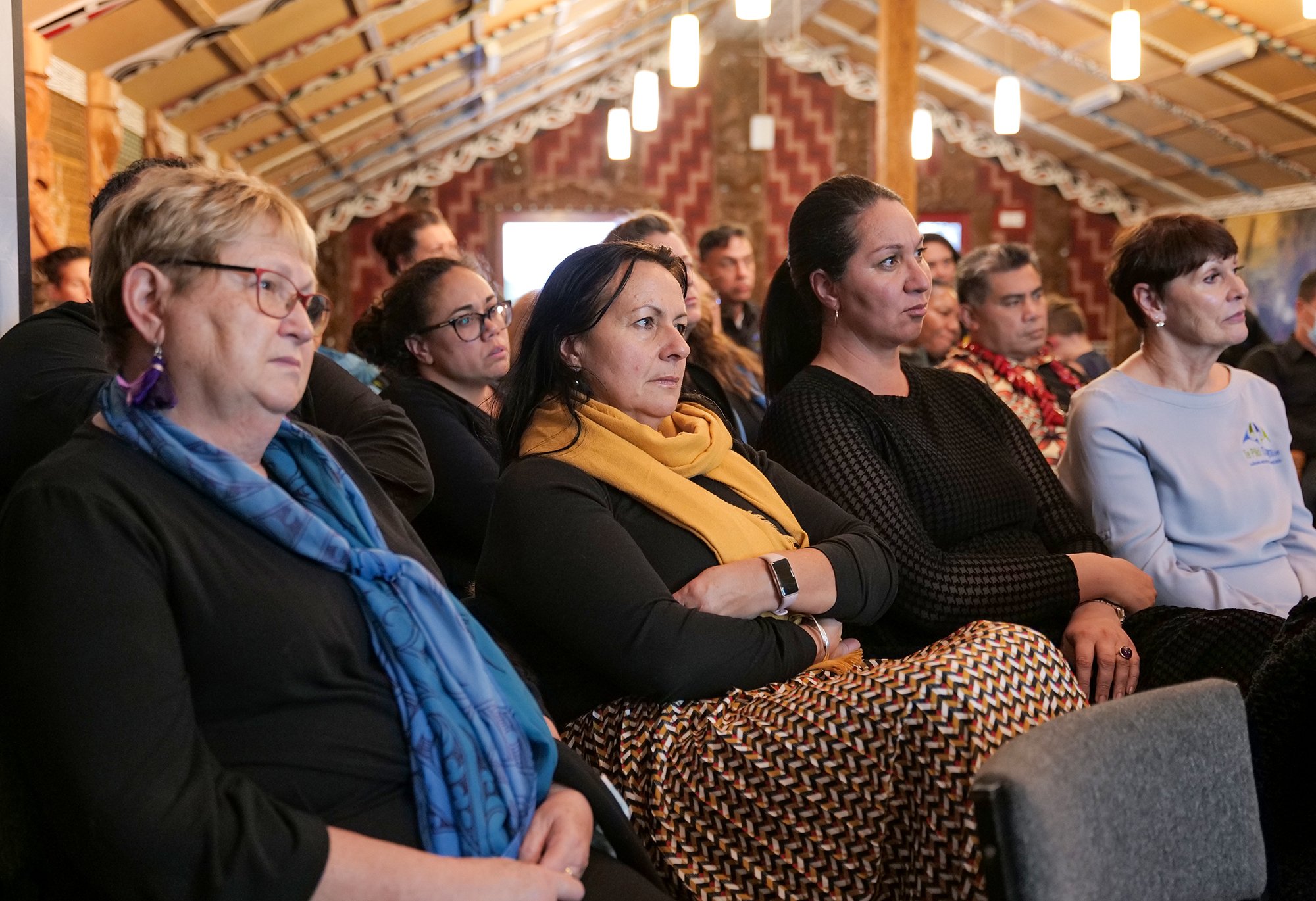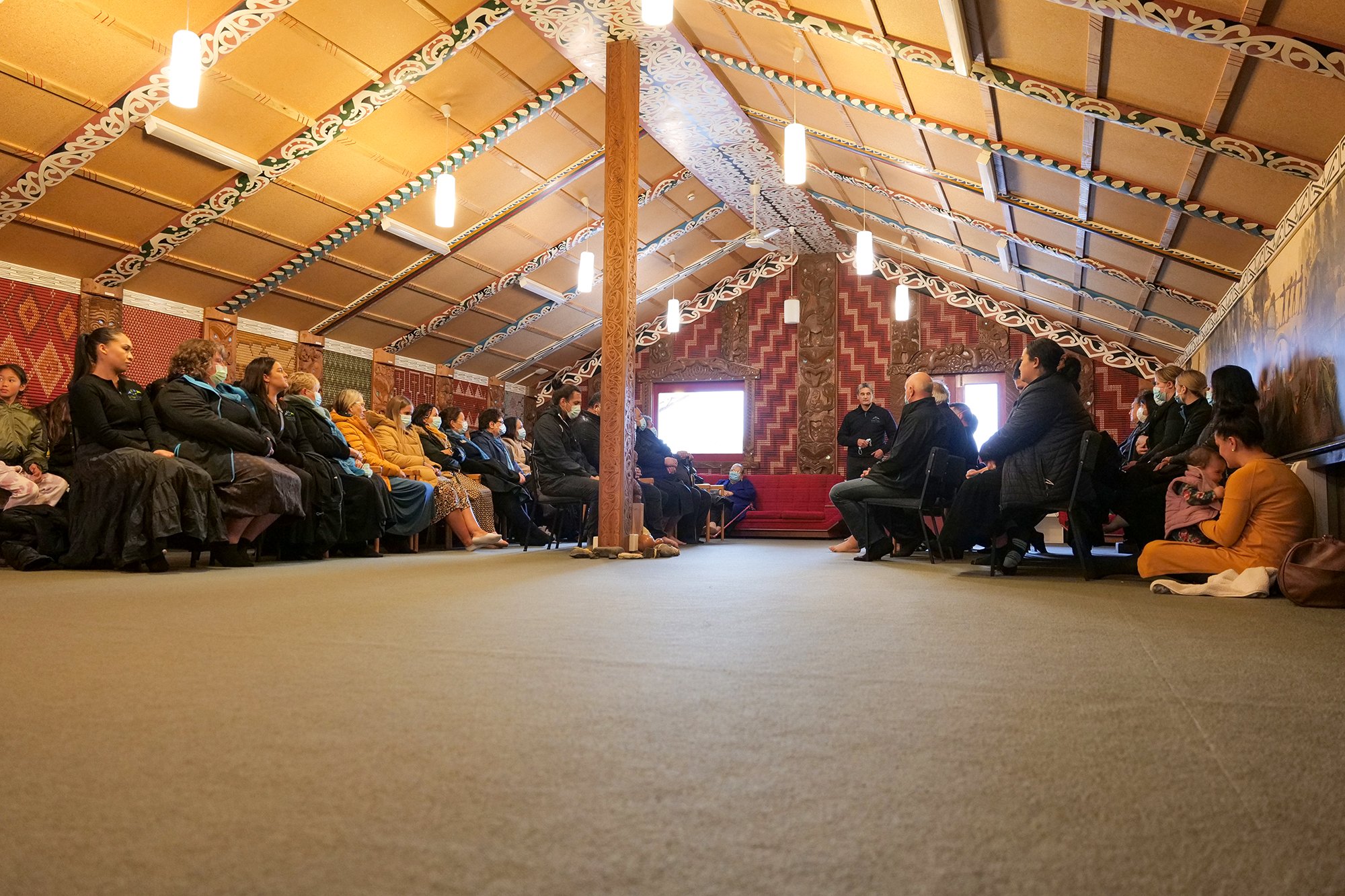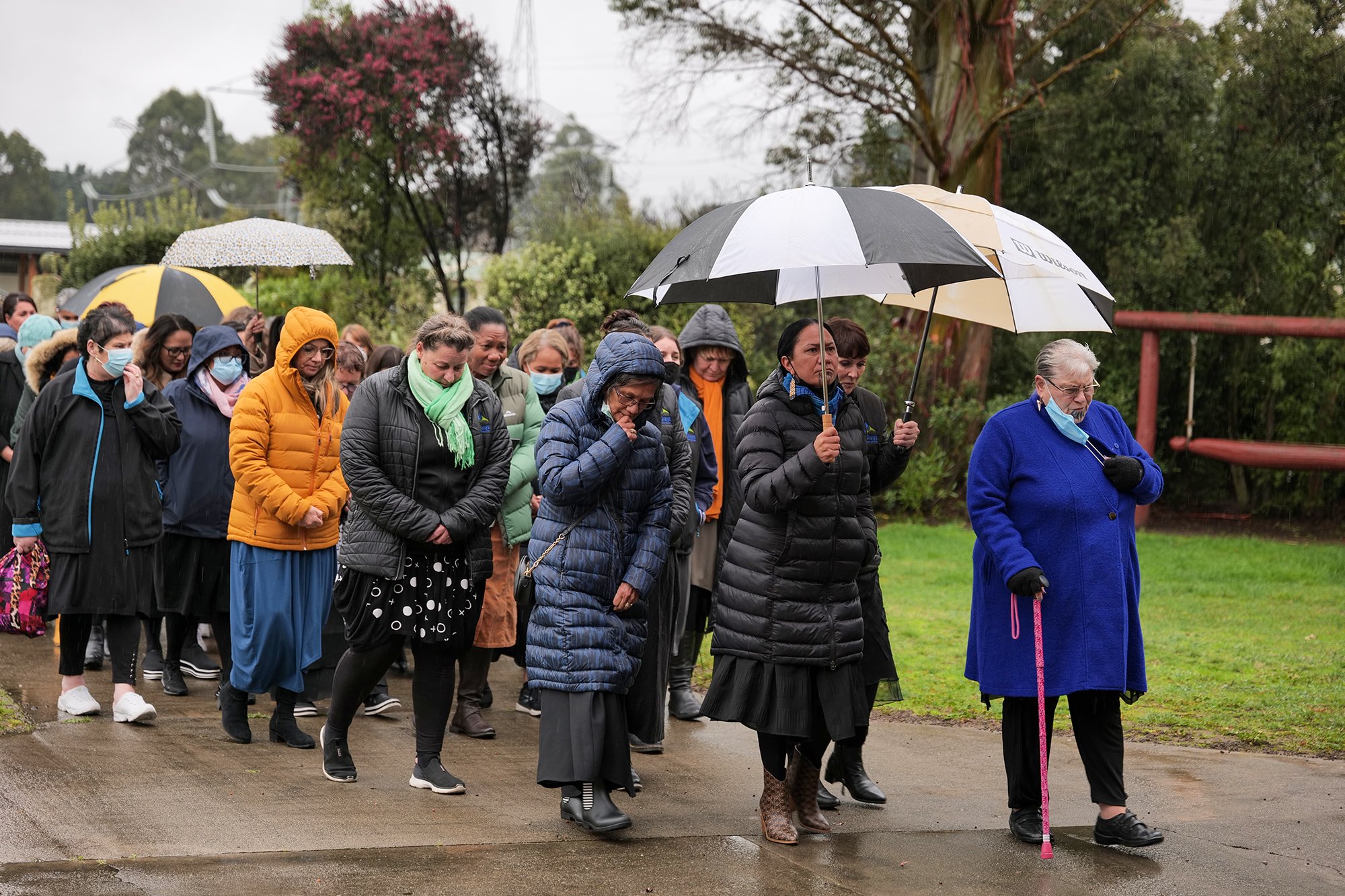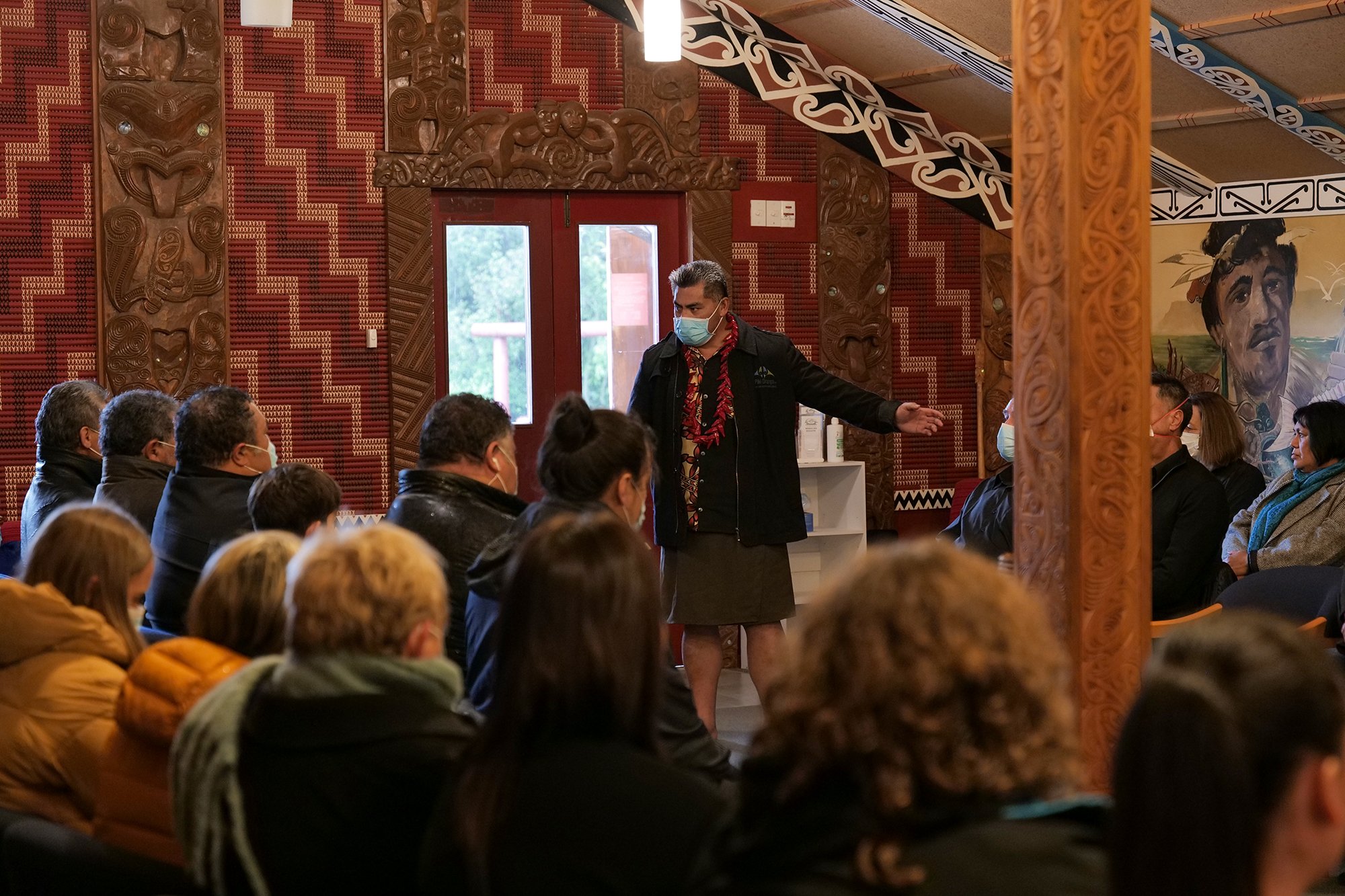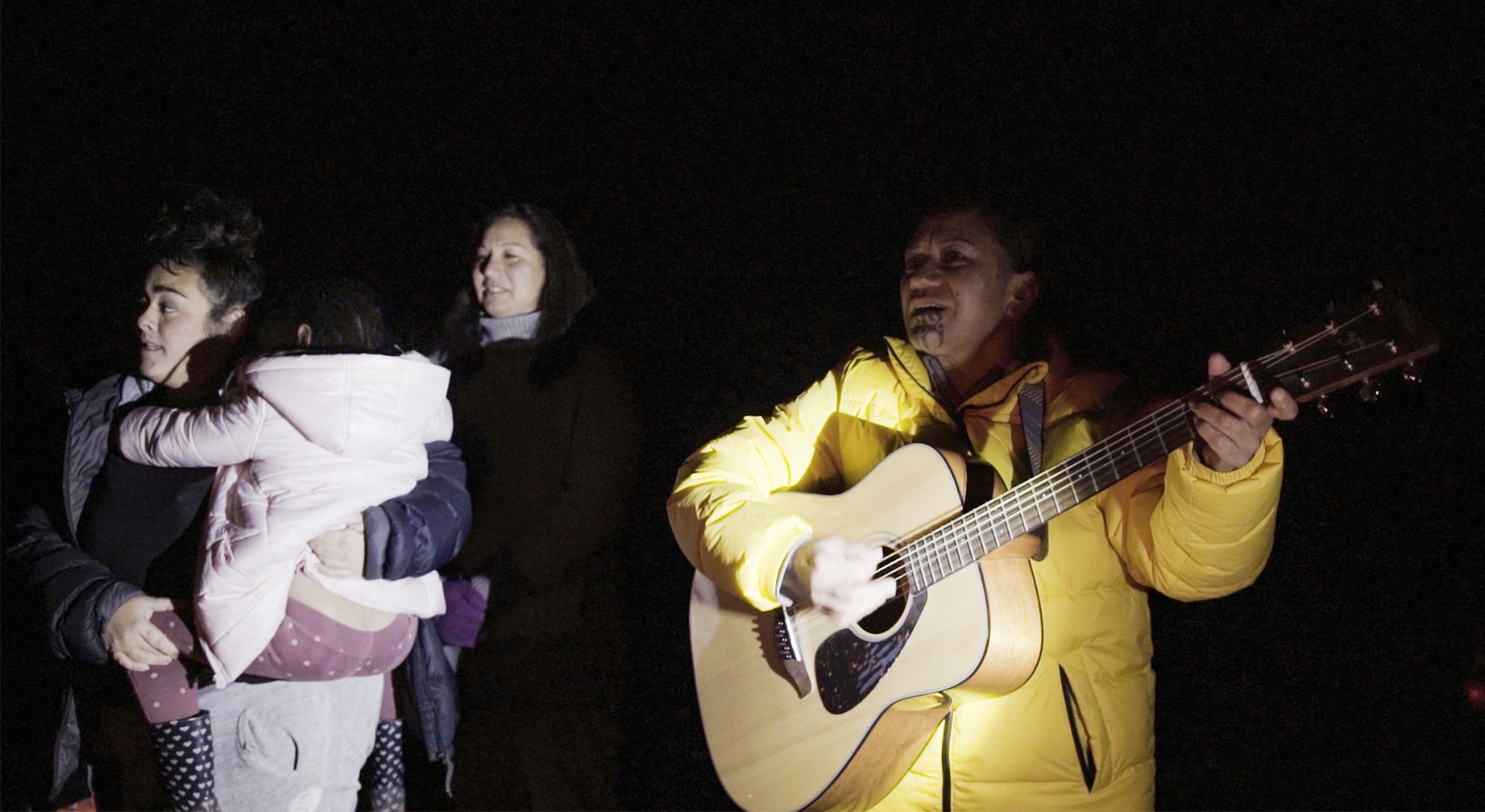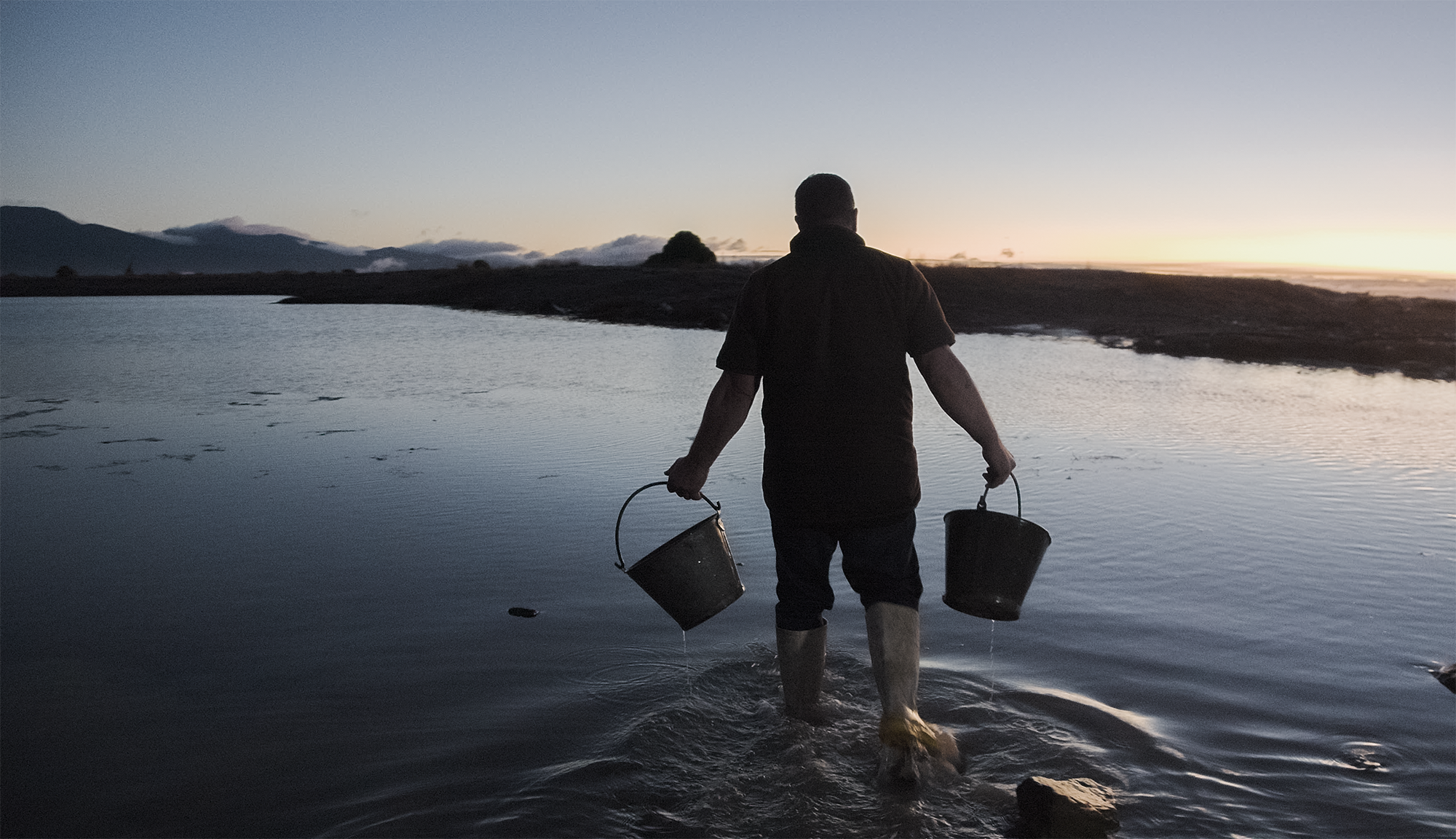Matariki marks the Māori New Year or Te Mātahi o te tau. The arrival of Matariki is a sign for people to gather, to honour the dead, celebrate the present and plan for the future. For our tūpuna, our Māori ancestors, astronomy was interwoven into all facets of life. Observations of the movements of the stars and planets, the changing position of the sun, the phases of the moon and the appearance of comets and meteors were recorded and handed down from generation to generation as part of Maaori oral tradition.
To celebrate Matariki this year Te Piki Oranga held a wānanga for kaimahi at Omaka Marae beginning on Tuesday 28 June with an afternoon powhiri, followed by three guest speakers, hākari and waiata. The next day starts early with a trip to Rārangi to observe Matariki.
The rōpu (group) returned to Omaka Marae to partake in a ceremonial offering known as Te umu kohukohu whetū me te hautapu. Hautapu is a traditional ceremony about making an offering to the Matariki star cluster. Kai from the four stars* are collected from their respective sources, prepared, and cooked and the steam is offered to them while the kai is consumed by the rōpu.
The nine stars of Matariki
Matariki – the mother of the other stars in the constellation
Pōhutukawa – connects Matariki to the dead and is the star that carries our dead across the year
Tupu-ā-nuku* – is tied to food that grows in the ground
Tupu-ā-rangi* – is tied to food that comes from above your head such as birds and fruit
Waitī*– is tied to food that comes from fresh water
Waitā* – is tied to food that comes from salt water
Waipuna-a-rangi – is tied to the rain
Ururangi – is tied to the winds
Hiwa-i-te-rangi – is the youngest star in the cluster, the star that you send your wishes to

